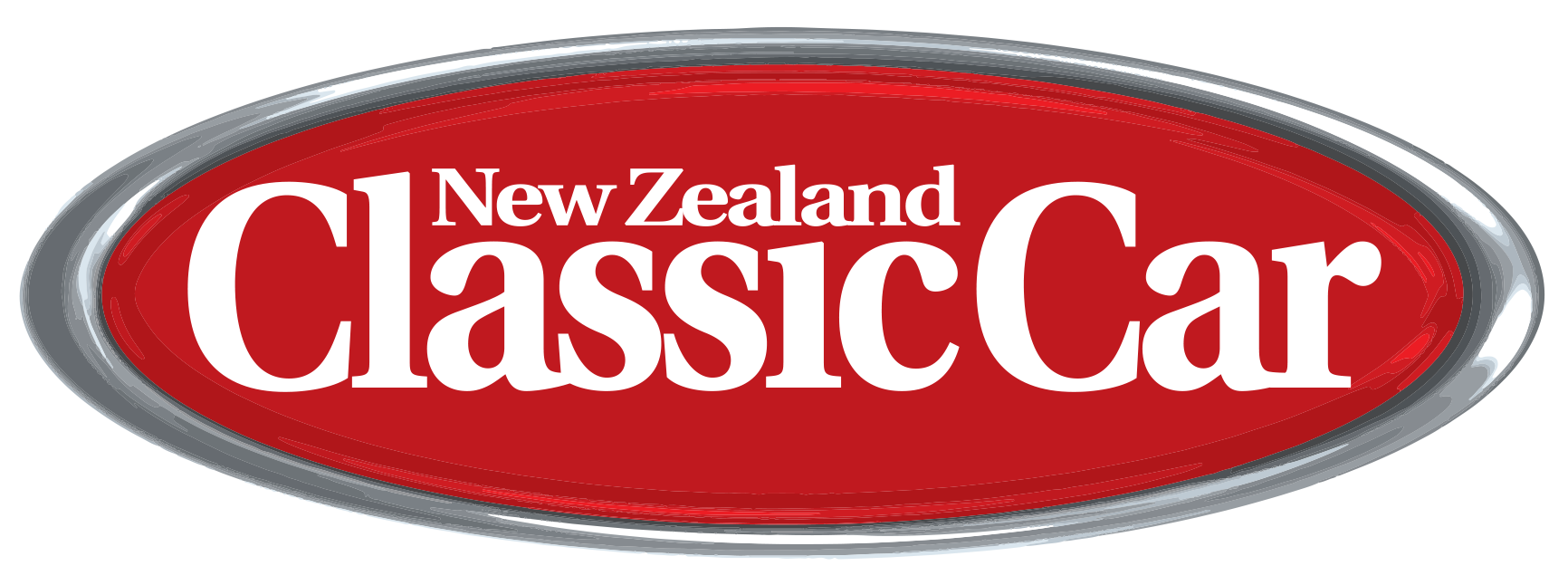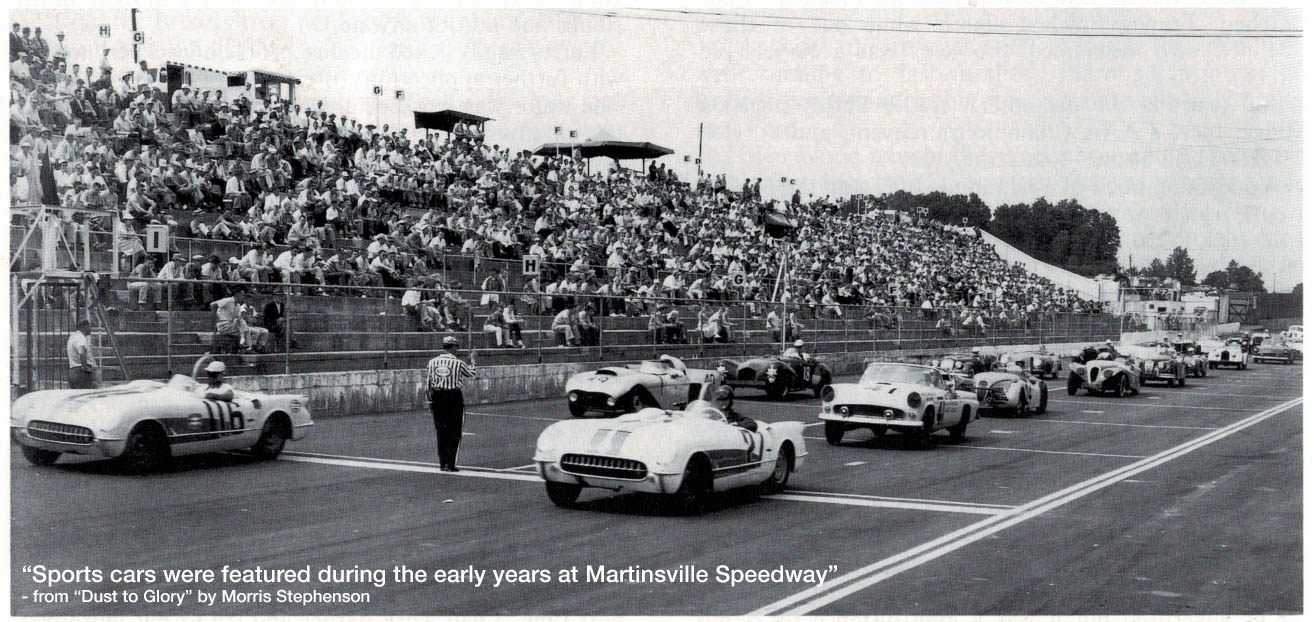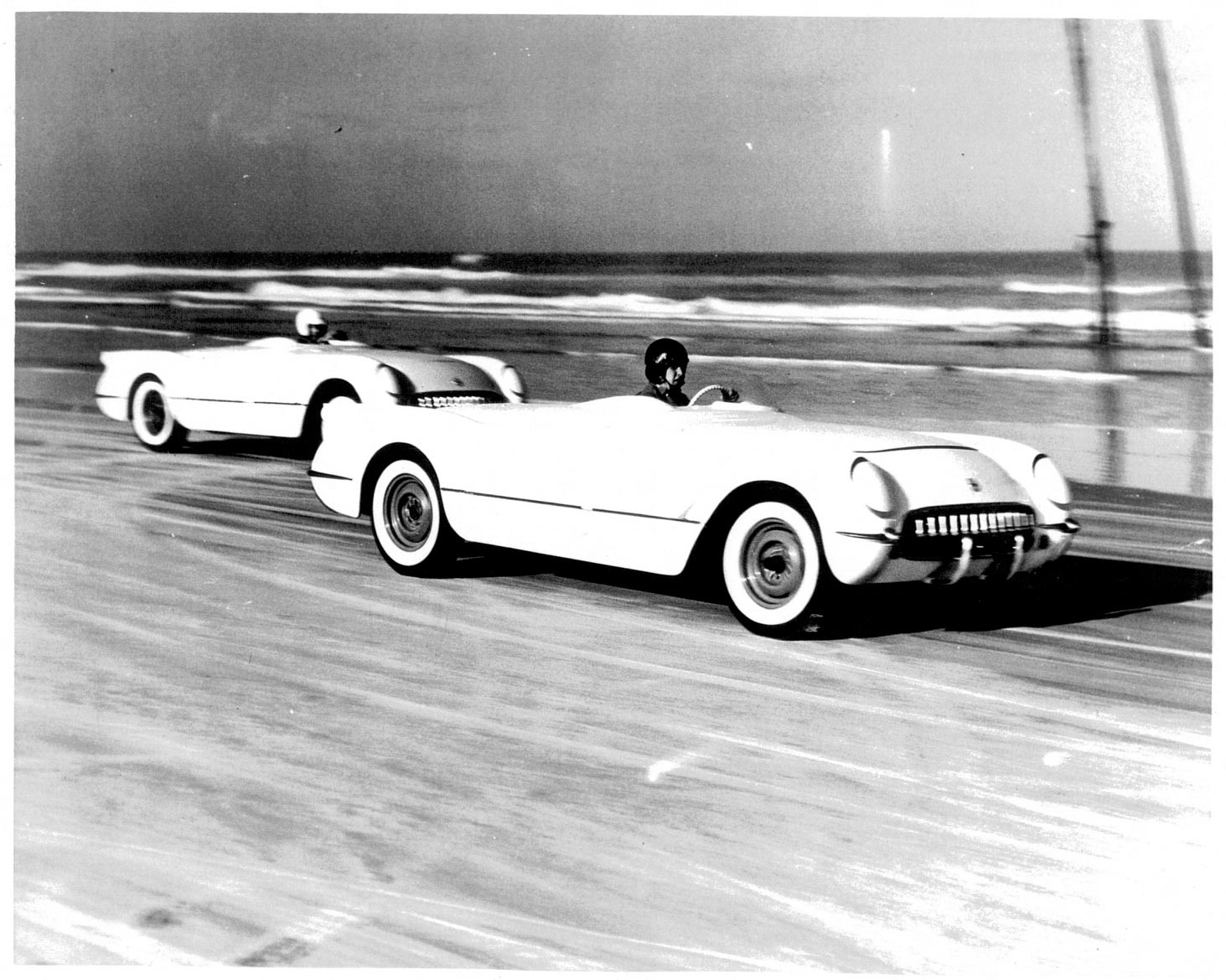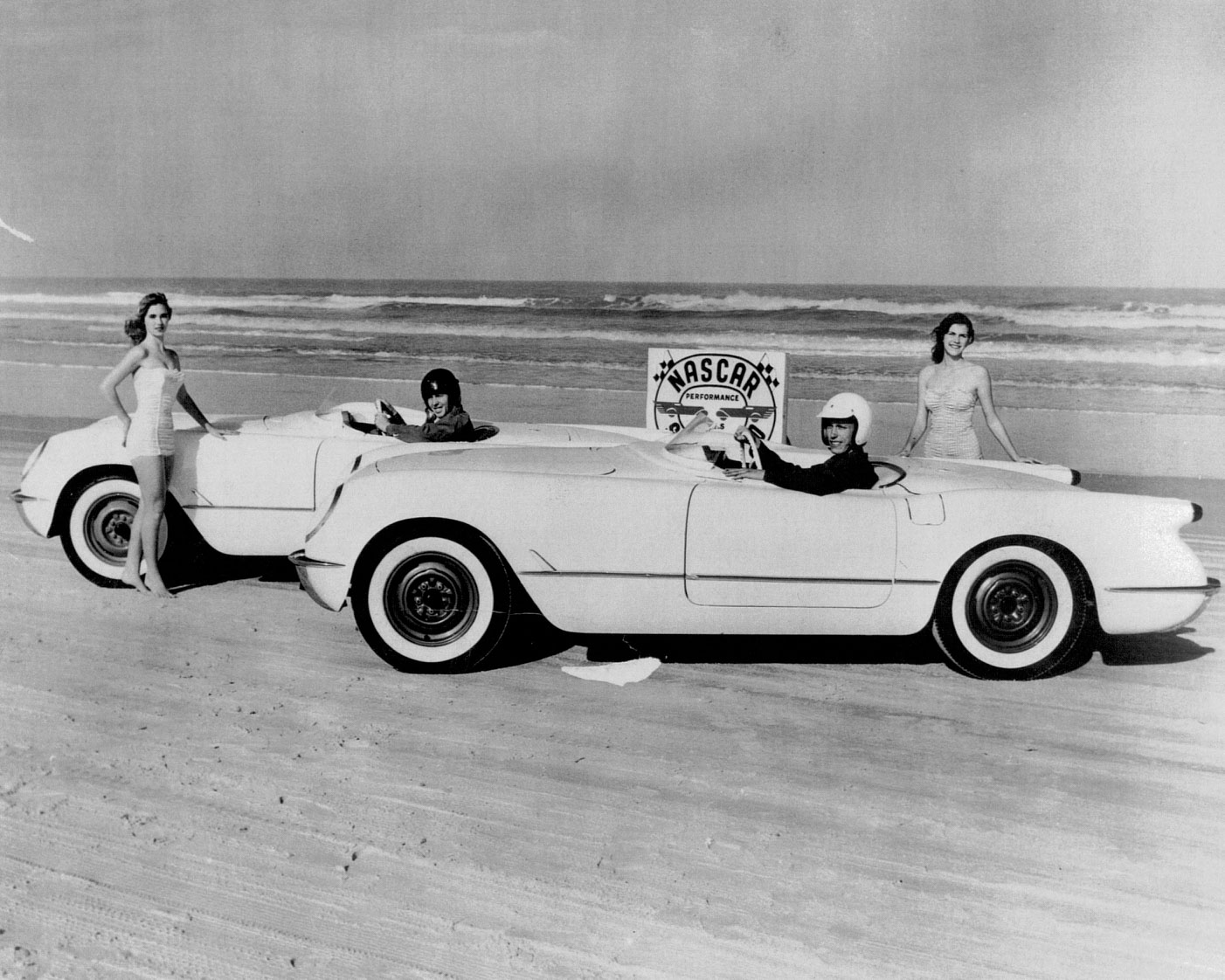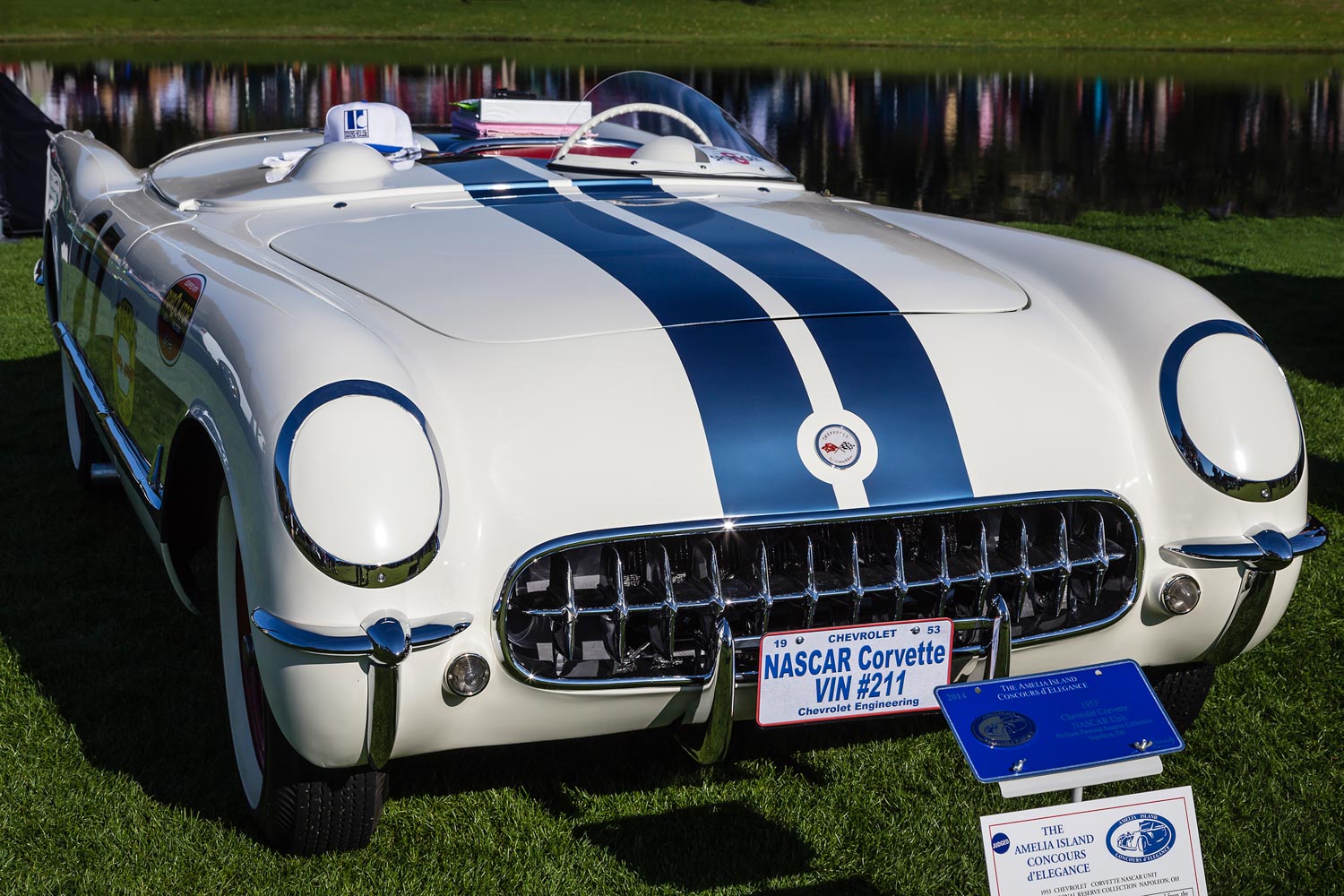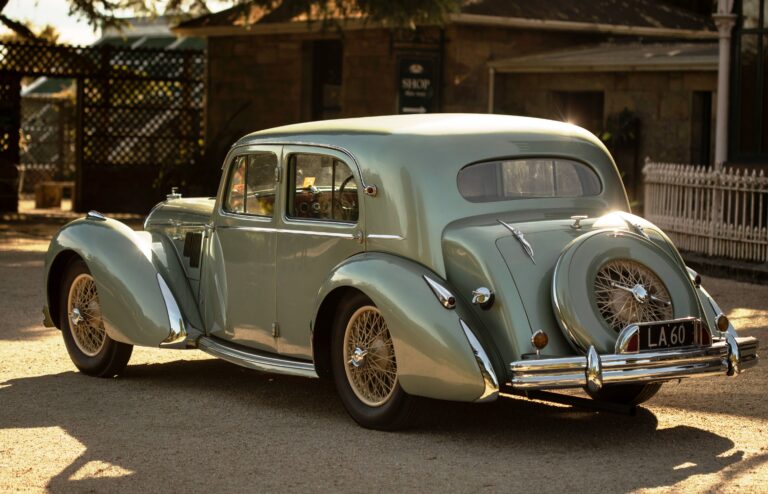This 1953 Corvette racer is, believe it or not, the earliest-known Corvette race car — known as ‘number 211’ (on account of its VIN E-53F-001211) — and has been faithfully restored by ProTeam, in Ohio. These were the cars that made the Corvette desirable as a ‘proper’ sports car, and saved the production Corvette from an almost certain extinction in light of its then-poor sales figures.
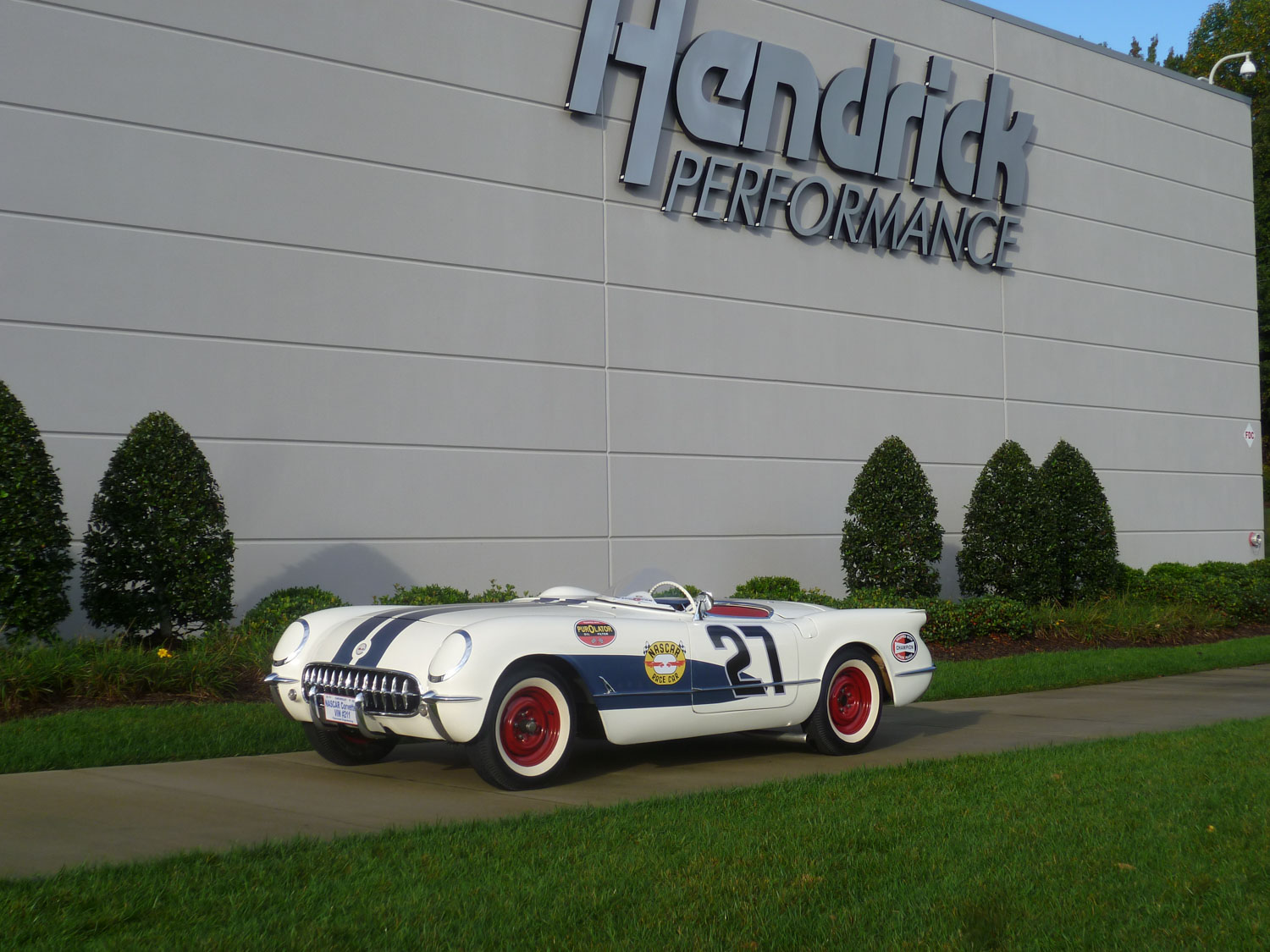
Chevrolet’s first-generation Corvette is an aesthetic work of art; the supple lines, which have transcended over half a century of automotive design, still manage to look fresh. Of course, a car needs more than just looks to carry it, and that was true even in 1953, when the Corvette was first unveiled at the New York Auto Show.
Powered by a 235ci straight-six, which was nicknamed ‘The Blue Flame’, the Corvette didn’t quite have the performance its looks promised — a sentiment shared by Zora Arkus-Duntov, who said it was “visually superb” but “mechanically stunk.” Ed Cole, the Corvette’s chief engineer, was struggling to make the Corvette into the sports car it should have been.

The result of the Corvette’s underwhelming performance showed through dwindling sales figures, that were becoming increasingly difficult for GM to justify, and the Corvette’s end looked certain when a 1956 Chevrolet advertisement was released with a notable omission — the 1956 Corvette. What saved it was largely attributable to the success of the 1955 Ford Thunderbird, or more specifically Ed Cole’s unwillingness for the Corvette to fail where the Thunderbird succeeded.
The future of the Corvette came down to Chevrolet’s then-new V8 (small block) engine, proven by resounding success in both the Pikes Peak Hill Climb and the Darlington Southern 500. What better way to assert the Corvette’s performance ability by setting speed records and winning races? Zora Arkus-Duntov, whose technical knowledge was outstanding, told Ed Cole that the Corvette was capable of reaching 150mph. Cole, though unsure, allowed Duntov to prepare a special Corvette for speed testing.
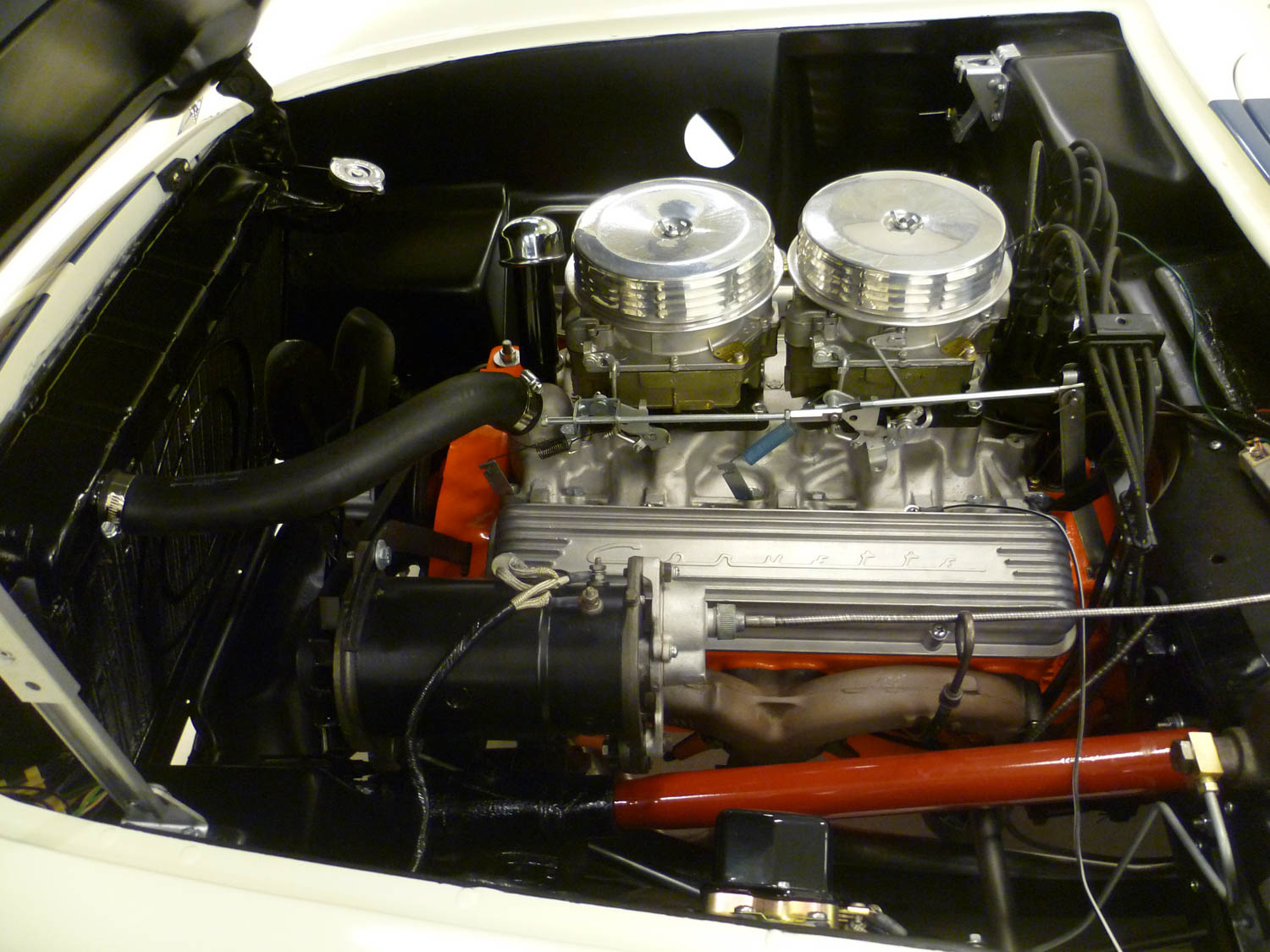
The car Duntov used was a 1954 Corvette, modified to suit a high-speed run. The aero included a fibreglass tonneau cover for the passenger’s side of the cockpit, a flat underfloor, a tail fin/headrest, and a smaller windscreen. A high-performance small block V8, fitted with twin Carter four-barrel carburettors, was also installed, though Duntov soon realized that the engine’s 225hp output would not suffice to push the car to 150mph — hence the design of the now-legendary Duntov camshaft. At the Mesa Proving Grounds in December of 1955, Duntov’s Corvette went on to record a 156.15mph pass.
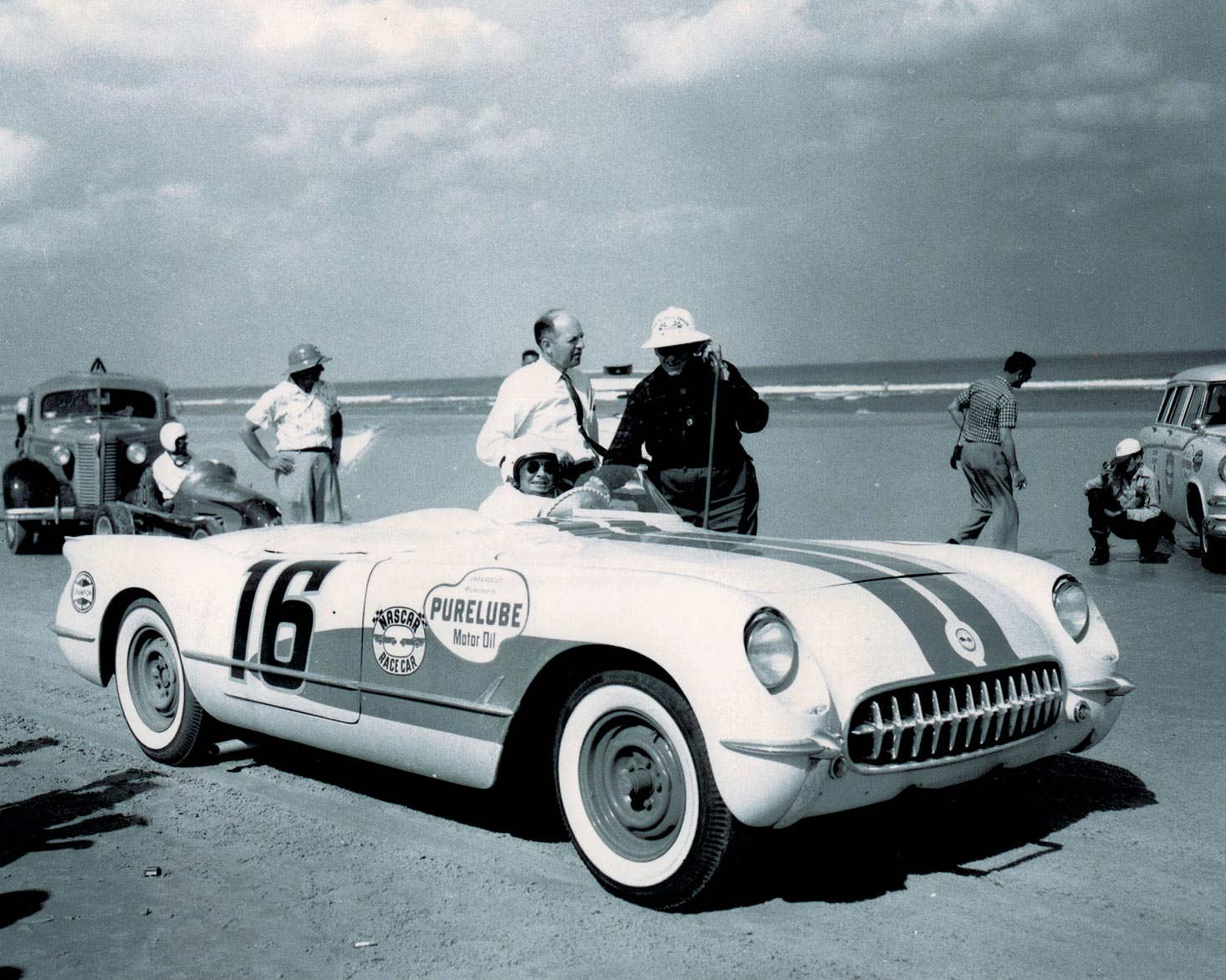
With the Corvette’s straight-line performance proven, Ed Cole quickly formed plans for a Corvette assault on the Sebring Road Race and Daytona Beach. Along with three 1956 Corvettes prepared for the Daytona effort, two Corvettes (VIN E-53F-001211, aka #211, and VE-55F-001399, aka #1399) were also being prepared for Nascar — including the latest V8 engines and twin four-barrel carburettors, with close-ratio, three-speed gearbox. Bear in mind that despite all of this the Corvette was selling badly, and desperately needed the allure of performance, and thus sales, to draw its neck from the chopping block.
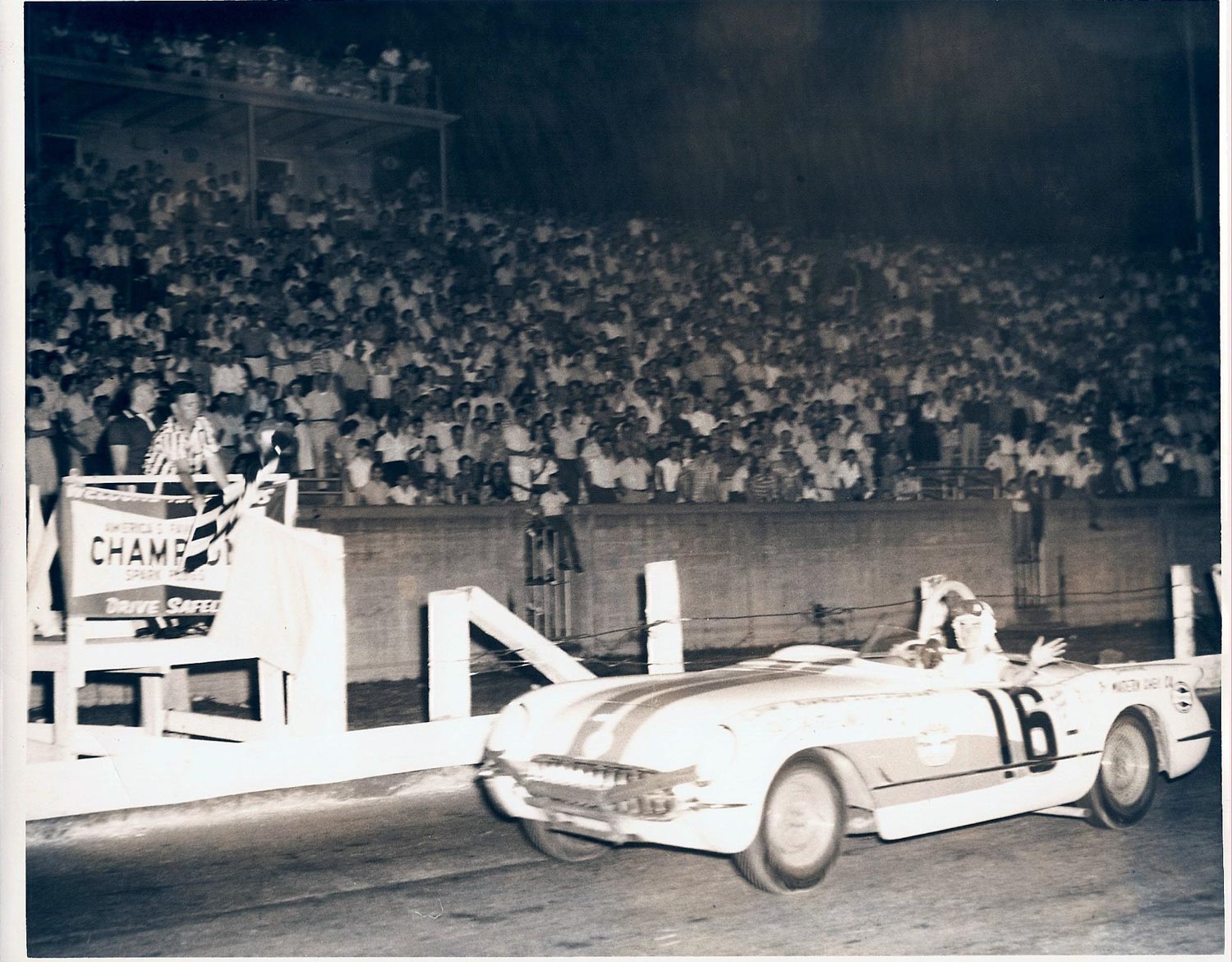
The Daytona run took a big step towards cementing the Corvette’s performance credentials, with Duntov placing first in both the standing mile and flying mile, at 89.75mph and 147.3mph respectively. Unfortunately, the same could not be said for the Sebring effort in February of 1956. The Corvettes were not prepared for such a gruelling race, especially in the braking department. With hard yards put in by the Chevrolet team, and Smokey Yunick, the Sebring race in March 1956 went a little better — Ray Crawford and Max Goldman finished in 15th, and John Fitch and Walt Hansgen claimed ninth place, and first-in-class in the prototype.
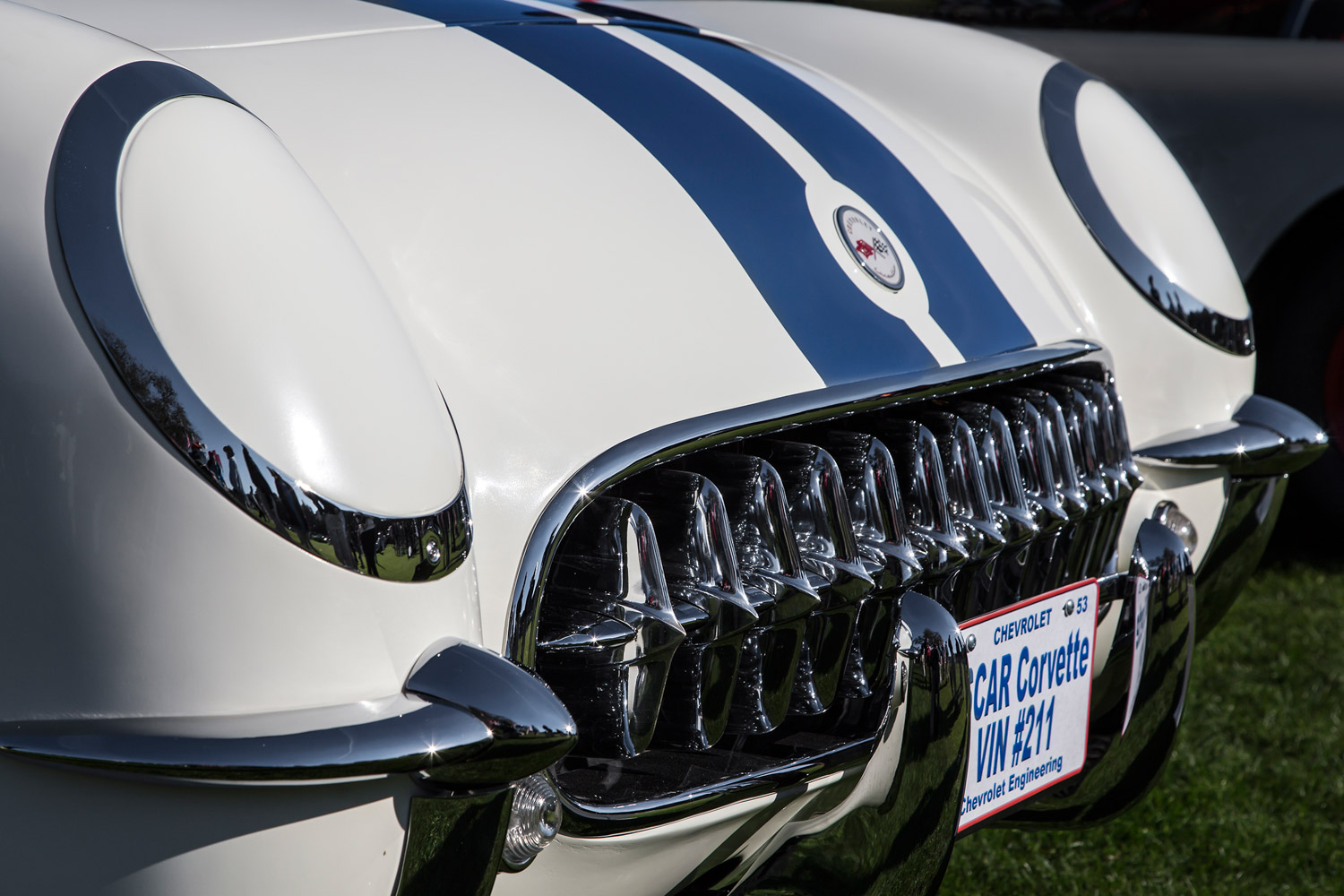
Though the Corvette is now a badge at the pinnacle of the production-performance-car game, it was not always so. Through the efforts of a dedicated team, one of America’s — and indeed the world’s — most iconic cars was narrowly saved from a corporate fate that has befallen many of the world’s finest vehicles. Thankfully, the iconic car’s legacy lives on in the beautifully restored 1953 Corvette number 211.
Thanks to the fastidious research done by Terry Michaelis, president of ProTeam Corvette, and the work of the team at ProTeam, that has allowed this piece of automotive history to be shared with the world.
